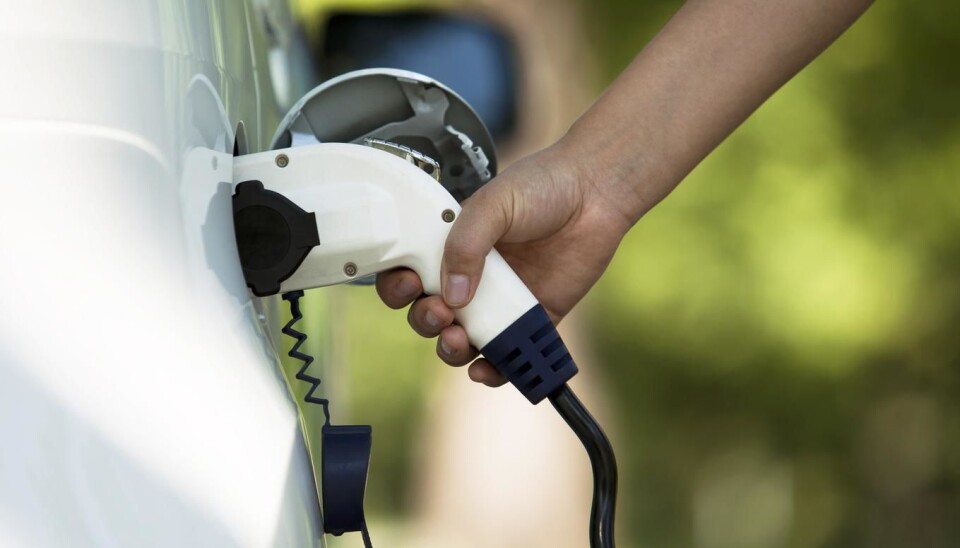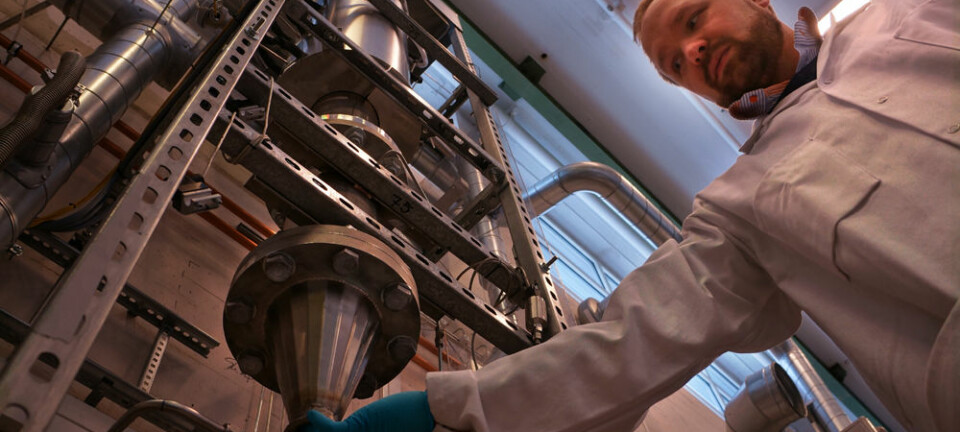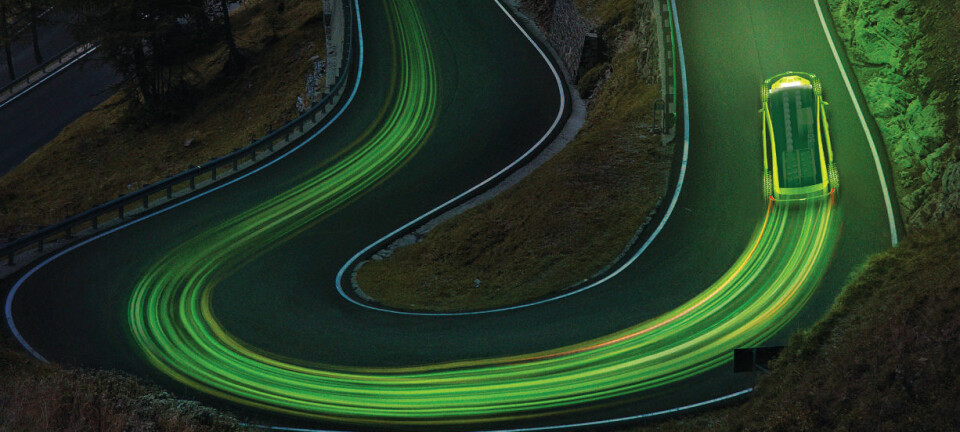An article from Norwegian SciTech News at NTNU

Prime-time charging of electric cars could be a problem
If everyone drove electric cars, there wouldn’t be enough power to charge them all when people got home in the afternoon. The solutions could affect your wallet.
When people with EVs come home from work in the afternoon, they plug in their cars to charge them. That results in an extra peak in electricity consumption in the afternoon.
“We’re moving towards a different kind of power use,” said Professor Olav B. Fosso, professor and director of NTNU’s Energy strategic research area.
This peak may eventually become a major challenge for the electrical grid.
“We could have big voltage problems, with limited transmission capacity within the distribution system,” says Fosso.
Capacity could also become a problem. Large variations in consumption throughout the day are challenging. Electrical power is perishable. That means it’s an advantage to have relatively stable power use over a 24-hour period. Renewable energy from the wind and sun has to be used immediately.
Fosso says Norway is lucky to be able to regulate its hydropower.
Water reservoirs allow adjustments in the power supply, but very few countries have that ability, and even in Norway high consumption at certain times of the day poses a challenge.
EV numbers on the rise
Afternoon charging of electric cars isn’t a problem—yet. But the orders for electric cars in Norway show that growth won’t stop with the almost 75,000 EVs already on the road, including hybrids.
“Nothing suggests that this development won’t continue,” says Fosso.
Cars have different charging power and storage capacities. Storage capacity is related to the car’s range. Mitsubishi’s capacity is around 16 kWh, while the Nissan Leaf has a capacity of around 20 kWh and Tesla, 85 kWh. Battery size determines the charging time for a given amperage, with typical charging efficiency ranging from 4-8 kW. Home chargers provide long charging times, but that may become problematic when a lot of people charge their cars at the same time in residential areas. Quick charger installations require a higher current feed and thus a stronger electrical grid.
Fast chargers of around 20 kW are now available for home use in the United States. If this type of rapid charger becomes more common in Norway, so will problems.
A Smart Grid can affect your wallet
Afternoon peaks in power use are common, because people come home and turn on heaters and appliances. But this peak will also be increased when people come home and plug in their EVs.
That’s when people have to get smart in how they use the power. A Smart Grid— which uses new technology to better leverage the electrical grid— will likely be an essential part of the solution.
NTNU’s Faculty of Information Technology, Mathematics and Electrical Engineering (IME) is involved in developing a Smart Grid in Norway. Their research will have a direct effect on your pocketbook.
At the moment, you get your electricity bill, pay it, and probably don’t think about it again, since you might have used the power you’re paying for several months previously.
But a Smart Grid gives you the potential to save both energy and money. For instance, you can adjust your consumption so some of it happens when electricity is cheaper. The goal is for you to be able to see when the price is at its lowest.
“Then you’ll notice a difference immediately,” says Fosso, and he thinks this feature will make it easier to save, too.
If electricity is much cheaper at 10 pm, maybe you’ll time your car charging for then instead. Or maybe you’ll wait a few hours to turn on the washing machine.
Saving energy is as good as producing it
Developing a Smart Grid is an enormous task with many variables. In the future, private households will produce more of their own electricity, which complicates the picture further. Then it will be all the more important for us to use the power grid more efficiently.
There isn’t much you need to do to reduce consumption. Preliminary experiments show that Smart Grid helps people to save around 10 per cent on energy costs, and peaks loads are reduced by around 15 per cent.
Of course, many of us have plenty of room to reduce our electrical use, and which we may also need to do.
“One kWh saved is as good as one kWh produced. We need to bring the end users on board,” says Fosso.
































